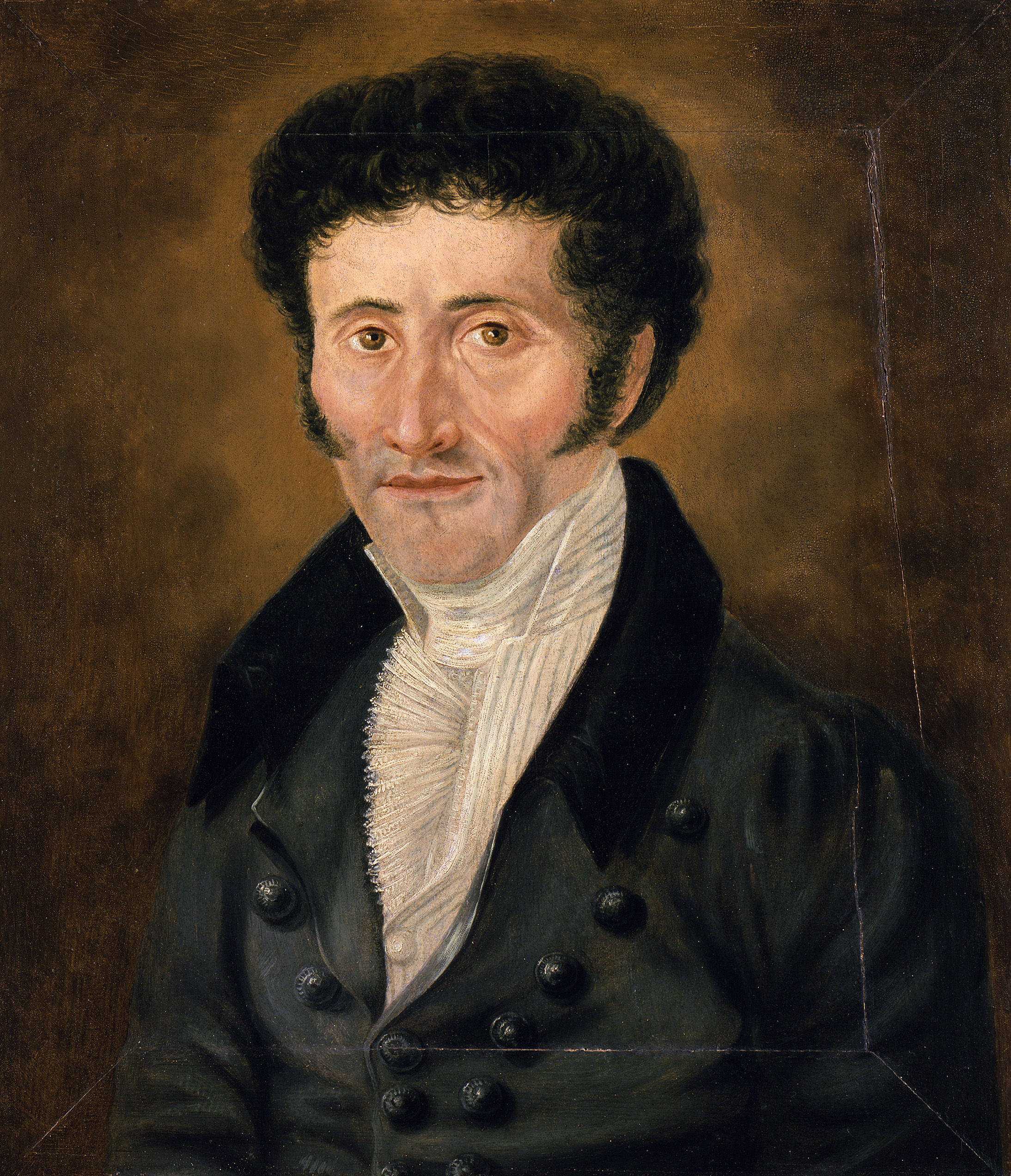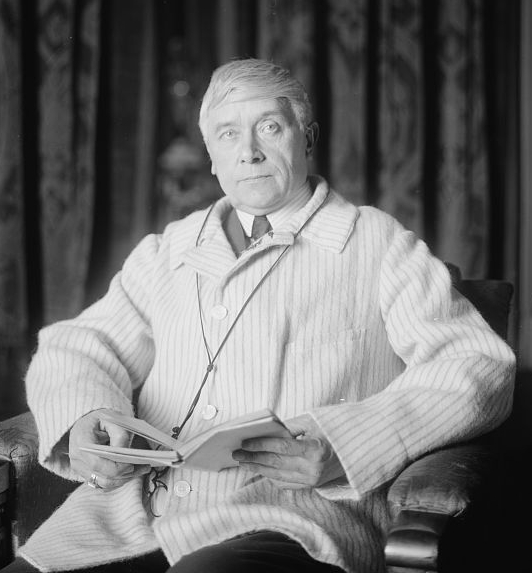|
Suzanne Cesbron-Viseur
Suzanne Catherine Cesbron-Viseur (24 May 1879 – 23 August 1967) was a French soprano and singing teacher. Life Born in the 17th arrondissement of Paris, Cesbron was the daughter of painter . She studied singing at the Conservatoire de Paris where she took classes from Pauline Viardot. She won first prizes in singing and music theory in 1900, then first prizes in opera and opéra comique in 1901. She made her debut at the Opéra-Comique in 1902 and at the Opéra de Paris in 1923. Her soprano talents were particularly noted in her interpretation of ''Grisélidis'' by Jules Massenet, who valued her highly. She also sang in his '' Manon'', ''Le Cid'', as Charlotte in ''Werther'', as ''Thaïs'' and '' Sapho''. She also sang Reynaldo Hahn's ''La Carmélite'', ''Le Roi d'Ys'', ''Le Cor fleuri'' (premiere), '' Louise'', ''Tosca'', '' La Vie de bohème'', ''Hamlet'', ''Lohengrin'', '' Tannhauser'', '' Pelléas et Melisande'', ''Madame Butterfly'', '' Roméo et Juliette'', ''The ... [...More Info...] [...Related Items...] OR: [Wikipedia] [Google] [Baidu] |
16th Arrondissement Of Paris
The 16th arrondissement of Paris (''XVIe arrondissement'') is one of the 20 arrondissements of the capital city of France. In spoken French, this arrondissement is referred to as ''seizième''. The arrondissement includes part of the Arc de Triomphe, and a concentration of museums between the and the , complemented in 2014 by the Fondation Louis Vuitton. With its ornate 19th-century buildings, large avenues, prestigious schools, museums, and various parks, the arrondissement has long been known as one of French high society's favourite places of residence (comparable to London's Kensington and Chelsea or Berlin's Charlottenburg) to such an extent that the phrase () has been associated with great wealth in French popular culture. Indeed, the 16th arrondissement of Paris is France's third richest district for average household income, following the 7th, and , both adjacent. The 16th arrondissement hosts several large sporting venues, including: the , which is the stadium w ... [...More Info...] [...Related Items...] OR: [Wikipedia] [Google] [Baidu] |
Le Roi D'Ys
' (''The King of Ys'') is an opera in three acts and five tableaux by the French composer Édouard Lalo, to a libretto by Édouard Blau, based on the old Breton legend of the drowned city of Ys. That city was, according to the legend, the capital of the kingdom of Cornouaille. The opera was premiered on 7 May 1888 by the Opéra Comique at the Théâtre Lyrique on the Place du Châtelet in Paris. Apart from the overture, the most famous piece in the opera is the tenor's aubade in act 3, "" ("In vain, my beloved"). Lalo was known outside France primarily for other work, but within France he was recognized almost solely for this opera. His first version of the opera was widely rejected during the 1870s, but the revised work met with great success the following decade, becoming his most successful work for the stage. Performance history Lalo composed ''Le roi d'Ys'' between 1875 and 1878 (drafting the entire opera, in its first version, in 1875). His interest in the folklore of Bri ... [...More Info...] [...Related Items...] OR: [Wikipedia] [Google] [Baidu] |
The Magic Flute
''The Magic Flute'' (German: , ), K. 620, is an opera in two acts by Wolfgang Amadeus Mozart to a German libretto by Emanuel Schikaneder. The work is in the form of a ''Singspiel'', a popular form during the time it was written that included both singing and spoken dialogue. The work premiered on 30 September 1791 at Schikaneder's theatre, the Freihaus-Theater auf der Wieden in Vienna, just two months before the composer's premature death. Still a staple of the opera repertory, its popularity was reflected by two immediate sequels, Peter Winter's ''Das Labyrinth oder Der Kampf mit den Elementen. Der Zauberflöte zweyter Theil'' (1798) and a fragmentary libretto by Johann Wolfgang von Goethe titled ''The Magic Flute Part Two''. The allegorical plot was influenced by Schikaneder and Mozart's interest in Freemasonry and concerns the initiation of Prince Tamino. Enlisted by the Queen of the Night to rescue her daughter Pamina from the high priest Sarastro, Tamino comes to a ... [...More Info...] [...Related Items...] OR: [Wikipedia] [Google] [Baidu] |
Les Huguenots
() is an opera by Giacomo Meyerbeer and is one of the most popular and spectacular examples of grand opera. In five acts, to a libretto A libretto (Italian for "booklet") is the text used in, or intended for, an extended musical work such as an opera, operetta, masque, oratorio, cantata or Musical theatre, musical. The term ''libretto'' is also sometimes used to refer to the t ... by Eugène Scribe and Émile Deschamps, it premiered in Paris on 29 February 1836. Composition history ''Les Huguenots'' was some five years in creation. Meyerbeer prepared carefully for this opera after the sensational success of ''Robert le diable'', recognising the need to continue to present lavish staging, a highly dramatic storyline, impressive orchestration and virtuoso parts for the soloists – the essential elements of the new genre of Grand Opera. Meyerbeer and his librettist for ''Robert le Diable'', Eugène Scribe, had agreed to collaborate on an epic work concerning the French War ... [...More Info...] [...Related Items...] OR: [Wikipedia] [Google] [Baidu] |
Faust (Gounod)
''Faust'' is an opera in five acts by Charles Gounod to a French libretto by Jules Barbier and Michel Carré from Carré's play ''Faust et Marguerite'', in turn loosely based on Johann Wolfgang von Goethe's '' Faust, Part One''. It debuted at the Théâtre Lyrique on the Boulevard du Temple in Paris on 19 March 1859, with influential sets designed by Charles-Antoine Cambon and Joseph Thierry, Jean Émile Daran, Édouard Desplechin, and Philippe Chaperon. Performance history The original version of Faust employed spoken dialogue, and it was in this form that the work was first performed. The manager of the Théâtre Lyrique, Léon Carvalho cast his wife Caroline Miolan-Carvalho as Marguerite and there were various changes during production, including the removal and contraction of several numbers. The tenor Hector Gruyer was originally cast as Faust but was found to be inadequate during rehearsals, being eventually replaced by a principal of the Opéra-Comique, Joseph-Théodor ... [...More Info...] [...Related Items...] OR: [Wikipedia] [Google] [Baidu] |
The Tales Of Hoffmann
''The Tales of Hoffmann'' (French: ) is an by Jacques Offenbach. The French libretto was written by Jules Barbier, based on three short stories by E. T. A. Hoffmann, who is the protagonist of the story. It was Offenbach's final work; he died in October 1880, four months before the premiere. Composition history and sources Offenbach saw a play, , written by Barbier and Michel Carré and produced at the Odéon Theatre in Paris in 1851. After returning from America in 1876, Offenbach learned that Barbier had adapted the play, which had now set to music at the Opéra. Salomon handed the project to Offenbach. Work proceeded slowly, interrupted by the composition of profitable lighter works. Offenbach had a premonition, like Antonia, the heroine of Act 2, that he would die prior to its completion. Offenbach continued working on the opera throughout 1880, attending some rehearsals. On 5 October 1880, he died with the manuscript in his hand, just four months before the opening. ... [...More Info...] [...Related Items...] OR: [Wikipedia] [Google] [Baidu] |
Madame Butterfly
''Madama Butterfly'' (; ''Madame Butterfly'') is an opera in three acts (originally two) by Giacomo Puccini, with an Italian libretto by Luigi Illica and Giuseppe Giacosa. It is based on the short story "Madame Butterfly" (1898) by John Luther Long, which in turn was based on stories told to Long by his sister Jennie Correll and on the semi-autobiographical 1887 French novel '' Madame Chrysanthème'' by Pierre Loti.Chadwick Jenna"The Original Story: John Luther Long and David Belasco" on columbia.edu Long's version was dramatized by David Belasco as the one-act play '' Madame Butterfly: A Tragedy of Japan'', which, after premiering in New York in 1900, moved to London, where Puccini saw it in the summer of that year. The original version of the opera, in two acts, had its premiere on 17 February 1904 at La Scala in Milan. It was poorly received, despite having such notable singers as soprano Rosina Storchio, tenor Giovanni Zenatello and baritone Giuseppe De Luca in lead roles ... [...More Info...] [...Related Items...] OR: [Wikipedia] [Google] [Baidu] |
Pelléas Et Mélisande (opera)
''Pelléas et Mélisande'' (''Pelléas and Mélisande'') is an opera in five acts with music by Claude Debussy. The French libretto was adapted from Maurice Maeterlinck's symbolist play of the same name. It premiered at the Salle Favart in Paris by the Opéra-Comique on 30 April 1902; Jean Périer was Pelléas and Mary Garden was Mélisande, conducted by André Messager, who was instrumental in getting the Opéra-Comique to stage the work. The only opera Debussy ever completed, it is considered a landmark in 20th-century music. The plot concerns a love triangle. Prince Golaud finds Mélisande, a mysterious young woman, lost in a forest. He marries her and brings her back to the castle of his grandfather, King Arkel of Allemonde. Here Mélisande becomes increasingly attached to Golaud's younger half-brother Pelléas, arousing Golaud's jealousy. Golaud goes to excessive lengths to find out the truth about Pelléas and Mélisande's relationship, even forcing his own child, Yniold ... [...More Info...] [...Related Items...] OR: [Wikipedia] [Google] [Baidu] |
Tannhäuser (opera)
''Tannhäuser'' (; full title , "Tannhäuser and the Minnesängers' Contest at Wartburg") is an 1845 opera in three acts, with music and text by Richard Wagner ( WWV 70 in the catalogue of the composer's works). It is based on two German legends: Tannhäuser, the mythologized medieval German Minnesänger and poet, and the tale of the Wartburg Song Contest. The story centres on the struggle between sacred and profane love, as well as redemption through love, a theme running through most of Wagner's work. The opera remains a staple of major opera house repertoire in the 21st century. Composition history Sources The libretto of ''Tannhäuser'' combines mythological elements characteristic of German ''Romantische Oper'' (Romantic opera) and the medieval setting typical of many French Grand Operas. Wagner brings these two together by constructing a plot involving the 14th-century Minnesingers and the myth of Venus and her subterranean realm of Venusberg. Both the historical and the ... [...More Info...] [...Related Items...] OR: [Wikipedia] [Google] [Baidu] |
Lohengrin (opera)
''Lohengrin'', WWV 75, is a Romantic opera in three acts composed and written by Richard Wagner, first performed in 1850. The story of the eponymous character is taken from medieval German romance, notably the ''Parzival'' of Wolfram von Eschenbach, and its sequel ''Lohengrin'', itself inspired by the epic of ''Garin le Loherain''. It is part of the Knight of the Swan legend. The opera has inspired other works of art. King Ludwig II of Bavaria named his castle Neuschwanstein Castle after the Swan Knight. It was King Ludwig's patronage that later gave Wagner the means and opportunity to complete, build a theatre for, and stage his epic cycle ''Der Ring des Nibelungen''. He had discontinued composing it at the end of Act II of ''Siegfried'', the third of the ''Ring'' tetralogy, to create his radical chromatic masterpiece of the late 1850s, ''Tristan und Isolde'', and his lyrical comic opera of the mid-1860s, '' Die Meistersinger von Nürnberg''. The most popular and recognizabl ... [...More Info...] [...Related Items...] OR: [Wikipedia] [Google] [Baidu] |
Hamlet (Thomas)
''Hamlet'' is a grand opera in five acts of 1868 by the French composer Ambroise Thomas, with a libretto by Michel Carré and Jules Barbier based on a French adaptation by Alexandre Dumas, père, and Paul Meurice of William Shakespeare's play ''Hamlet''.Fauser, Annegret. "Hamlet. Ophélie: Shakespeare in Paris" in ''Hamlet'' CD Booklet (1993), pp. 33–41. Background Ophelia mania in Paris The Parisian public's fascination with Ophelia, prototype of the ''femme fragile'', began in the fall of 1827, when an English company directed by William Abbot came to Paris to give a season of Shakespeare in English at the Odéon. On 11 September 1827 the Irish actress Harriet Smithson played the part of Ophelia in ''Hamlet''. Cairns, David (1969), p. 70. Her mad scene appeared to owe little to tradition and seemed almost like an improvisation, with several contemporary accounts remarking on her astonishing capacity for mime. Her performances produced an extraordinary reaction: men w ... [...More Info...] [...Related Items...] OR: [Wikipedia] [Google] [Baidu] |









.jpg)